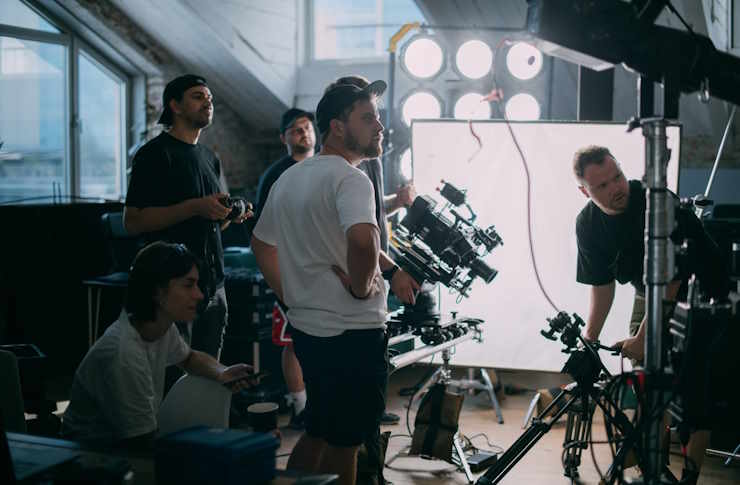Cinematography Jobs: Roles, Skills, and Career Paths
Cinematography jobs span a wide range of roles on film sets and in production houses, from camera operators to lighting specialists and directors of photography. These positions blend artistic vision, technical mastery, and collaboration. Whether you’re starting as an assistant or aiming to be a director of photography, understanding the job types, workflows, and required skills helps you plan a sustainable career in film.

Cinematography careers: what roles exist?
Cinematography encompasses multiple job titles that contribute to the visual storytelling of a film. Key positions include director of photography (DoP), camera operator, first assistant camera (1st AC), second assistant camera (2nd AC or clapper loader), gaffer (chief lighting technician), and grips who manage rigging and camera support. Entry-level roles often start as production assistants or camera trainees. As you progress, responsibility shifts from equipment handling and maintenance to creative choices about composition, movement, and the overall look of a film.
Film production roles and workflows
On a film set, cinematography is one component of a larger production workflow. The director collaborates with the DoP to define mood and visual language, while producers, art departments, and editors align around schedule and budget constraints. Pre-production typically includes storyboarding, location scouting, and test shoots; production focuses on executing camera and lighting plans; post-production involves color grading and visual effects integration. Understanding these stages helps cinematographers anticipate constraints and deliver images that support narrative and pacing.
Camera operator and technician skills
Camera work requires both technical knowledge and creative sensibility. Camera operators and technicians must know different camera systems, lenses, mounts, and support gear such as dollies, cranes, and gimbals. Familiarity with codecs, frame rates, exposure, and lens characteristics enables consistent visual results across setups. Good technicians also handle media management, ensuring footage is properly logged and backed up. Soft skills — clear communication, calm problem-solving, and timing — are equally important when working under tight shooting schedules.
Lighting and grip positions explained
Lighting defines mood, depth, and texture in a shot, making the gaffer and lighting crew central to cinematography jobs. Gaffers collaborate with the DoP to choose fixtures, diffusion, and color temperature that achieve the intended look. Grips handle flags, rigs, and movement equipment, shaping light and supporting camera mobility. Technical knowledge of electrical safety, load capacities, and practical effects increases a crew member’s value. On smaller productions, roles can overlap, so versatile hands who can light, rig, and troubleshoot are in high demand.
Working with the director: collaboration and creative input
The relationship between the cinematographer and the director is foundational to successful filmmaking. The director defines story priorities and actor performances; the DoP translates those priorities into visual strategies, advising on camera blocking, lens choices, and lighting setups. Early conversations during pre-production establish a shared aesthetic, enabling efficient shooting and fewer reshoots. Effective collaboration includes openness to feedback, clear documentation (shot lists, storyboards), and mutual respect for each role’s expertise. Producers’ constraints around time and budget also factor into creative decisions.
Career growth, training, and industry realities
Advancement in cinematography jobs typically combines on-set experience, portfolio development, networking, and continuous technical learning. Many cinematographers build reels from short films, commercials, music videos, and independent projects before moving into larger budgets. Training options include film schools, specialized workshops for camera and lighting, online courses, and mentorships with experienced DoPs. Freelance work is common; therefore, business skills — contract negotiation, invoicing, and client relations — are important. While the role is creative, it also demands long hours, adaptable schedules, and ongoing investment in equipment and learning to stay current with camera and lighting technologies.
Conclusion
Cinematography jobs offer a blend of artistry and technical expertise across a spectrum of roles from camera and lighting technicians to directors of photography. Success relies on developing both craft and collaborative skills, building a strong reel, and understanding production workflows. Whether focusing on camera operation, lighting design, or creative leadership, professionals in cinematography help shape the way stories are seen and felt on screen.






